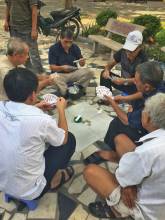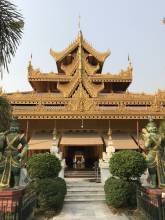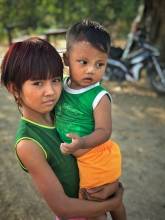Everything You Should Know About Timor Leste and Timor Leste People
The Timor Leste people or Timorese are resilient and hardworking people who are very proud of their heritage and how much they worked hard to achieve their independence. In the midst of adversities, they remain very positive, a trait that they have acquired after the decades-long war and tragedies.
Check out my Postcards from Timor Leste!
Previously known as East Timor, Timor Leste is a small Southeast Asian nation that is rarely heard of, which is pretty understandable since it’s a new country that has only gained its full independence in 2002. Timor Leste tourism is still in its infancy stage, which is a great reason to visit the country now. However, since the country is still out of the tourist radar, accommodation and tourist activities here are limited.
Visiting Timor Leste is indeed an exciting adventure. Because of the limited number of tourist attractions, you could find yourself interacting with the Timor Leste people for most of your time in the country. If you’re interested to know about their history, culture, and their country, then here’s everything that you need to know.
Brief History of Timor Leste

Several centuries ago, waves of migrants settled in the island, which comprises mainly of Malays. These people are the original inhabitants of Timor Leste. In the 16th century, the Portuguese came to colonize the country. The country remained a Portuguese colony until 1975.
However, just days after they have become independent from the Portuguese, Indonesia came to invade and terrorize the tiny nation, which led to the death of thousands of individuals. In fact, the Indonesian-appointed deputy governor had admitted at that time that there are about 60,000 Timorese people who were killed.
came to invade and terrorize the tiny nation, which led to the death of thousands of individuals. In fact, the Indonesian-appointed deputy governor had admitted at that time that there are about 60,000 Timorese people who were killed.
It was in 1999 when the Timor Leste people voted for independence from Indonesia. However, some gangs who are against it have terrorized the nation, and this resulted in a civil war. This has destroyed much of Timor Leste’s infrastructures.
In 2002, a United Nations peacekeeping force was sent to the country in order to re-establish a civil society and rebuild the nation. Thus, in May of 2002, the nation was officially recognized as an independent state with an official name of Democratic Republic of Timor Leste. Nowadays, UN troops have already left, but the country is still on its way to recovery.
The Culture of Timor Leste
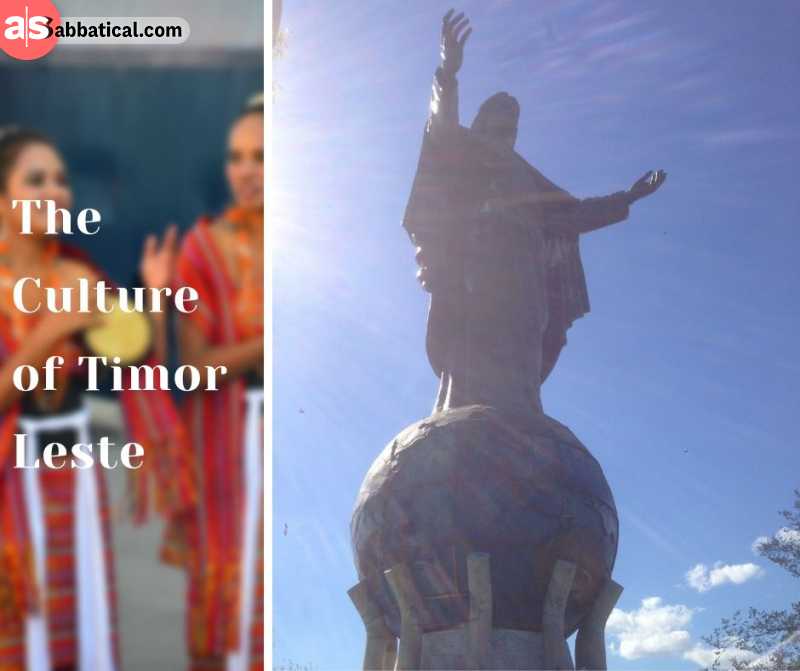
Timor Leste is a small country that occupied half of Timor Island with more than 800,000 occupants. The culture of Timor Leste is a reflection of numerous cultural influences, including Malay, Portuguese, Roman Catholic, and the indigenous Austronesian culture.
Here are some interesting facts about their culture:
- As a result of the Portuguese colonization, Catholic has become the main religion of Timor Leste, and most traditions are based upon this religion. But despite the country being dominantly Catholic, there’s freedom of religion in the country’s new secular republic. In fact, the former Prime Minister is of Muslim descent.
- Hospitality is an integral part of the Timor Leste culture, and it’s not surprising to be offered food or drink with someone you just met. It’s recommended that you at least accept it but wait for the host to take the first bite or sip.
- When greeting each other, shaking hands is expected, a custom influenced by the Portuguese colonization. Women may also kiss on both sides of the face. It’s also polite to greet or smile with everyone you meet on the road.
- Dance and music are an essential aspect of the Timor Leste culture. In fact, most social gatherings often include a band performance. Traditional dances are also performed during festivals. Traditional dance and music performances are very engaging to watch as it often tells a story about the country’s culture and history.
- Basket weaving has become an important skill among the Timorese. Craft workers often hang their finished products by the road to sell. Certain villages also have their own distinct crafts and skill including woodcarving and basket weaving.
- Another interesting and unique culture of Timor Leste is that it’s customary for women to remove all body hairs, except in the head, by the time they reach the adolescent stage or around the age of 15.
The Timor Leste People

The Timor Leste people are divided into various ethnic groups. Most of the people are of mixed Polynesian-Malay descent and Papuan-Melanesia. They are racially mixed, comprising of Malay and Melanesian genetic elements. There’s also a small number of the population that are of mixed Portuguese and Timorese origin.
Here are some of the distinct traits and character of the Timor Leste people:
- Despite years of vicious history, the Timor Leste people are among the friendliest people you’ll ever meet. They usually are polite; you will find yourself waving and smiling with everyone you encounter.
- As a predominantly Catholic nation, people are mainly conservative with strong Christian values. Elders and leaders of the church and community are treated with am utmost respect. They also respect others based on social position, education, and wealth. But they will not discriminate in terms of race.
- Timorese have a great deal of humility and are often willing to agree with just about anything instead of upsetting strangers who visit their land. They try their best to show only good manners, especially to people they just met.
- Close kinship exists among family members and relatives. Uncles, aunties, parents, and grandparents are highly respected. They believe that various tasks can be efficiently accomplished by helping each other, such as house building, harvesting, etc.
- Timorese are not great at punctuality although many people are willing to offer their time freely since most are unemployed. In a meeting, it’s often challenging to meet a person at the agreed time.
- Timorese tend to touch each other more than westerners do when conversing, and it’s not rare to see male friends holding hands when walking, which is merely a sign of friendship. However, public displays of affection are still taboo.
- Unlike in the Western culture, marriage between cousins is not frowned upon in Timor Leste, for as long as the couples are born of a brother or a sister. Children of both brothers and sisters are not allowed.
Timor Leste Food

Timor Leste food is often influenced by Portuguese and Southeast Asian cuisines. Some of the most common ingredients are fish, pork, rice, root vegetables, corn, and tropical fruits.
Here are some of East Timor traditional foods that you may want to give a try:
Batar Da’an

A popular vegetarian stew in East Timor that’s made of pumpkin, mung beans, and corn. There are also other variations of this dish, where squash is used instead of pumpkin, and kidney beans are used as an alternative to mung beans. The stew is often topped in rice although it can also be eaten on its own.
Ikan Sabuko

A seafood dish that is deeply influenced by the Portuguese and consists of a Spanish mackerel marinated in tamarind, capsicum, and basil. It’s then grilled and served with a traditional Timorese sauce known as budu.
Budu

A popular sauce in Timor Leste that’s being used as an accompaniment to several local dishes, including the Ikan Sabuko. This sauce is made of tomatoes, lime, and onions.
Tapai

Fermented rice wrapped in banana leaf and is sweet and sour, and has a slightly alcoholic taste. Tapai can be eaten directly or added in some traditional Timorese dishes.
Katupa

Timor Leste’s version of Malaysia and Indonesia’s “ketupat”, which is a type of rice dish wrapped in coconut leaves in the shape of a diamond. It’s boiled in coconut milk and is often eaten along with other viands. This dish is very popular in Timor Leste and can be found hanging in various food stalls along the streets.
and Indonesia’s “ketupat”, which is a type of rice dish wrapped in coconut leaves in the shape of a diamond. It’s boiled in coconut milk and is often eaten along with other viands. This dish is very popular in Timor Leste and can be found hanging in various food stalls along the streets.
Tukir

This dish consists of a marinated meat, either lamb, deer, or buffalo, and slow roasted over coals. Like the other local main dishes, tukir is often eaten with rice.
Ai Manas

A spicy chili sauce that’s often the heart of every Timorese food. It’s very famous all over the country and comes with many regional varieties that vary according to taste. Green or red chili often makes up the bulk of the ingredients of the paste. The chilies are grounded along with lime rind, ginger, onions, and several other local spices. Even a teaspoon of this sauce is enough to fire up any meal.
Feijoada

This is one of the Timorese dishes that have a Portuguese origin. It’s made of pork, chorizo, and beans. Sometimes, the dish is cooked with beef or other meat. It’s cooked over low heat in a clay pot. Feijoada is best eaten with rice.
Caril

A chicken curry cooked in coconut milk along with potatoes and capsicum. Unlike the other curry dishes in Asia , caril is not too spicy. It’s usually eaten with rice or corn.
, caril is not too spicy. It’s usually eaten with rice or corn.
Places to Visit in Timor Leste

Timor Leste is a great place to visit if you’re looking for off-the-beaten-path destinations that are not yet tarnished by tourism. It has lots of beautiful beaches, interesting sites, and a vibrant culture that still holds tight to its Portuguese and Indonesian influences.
Here are some of the best places to visit in Timor Leste:
Atauro Island

This island has a 30-km long beach and is accessible via boat from Dili, the capital city. This beautiful island is a great place to snorkel and dive and holds an interesting history. During the Portuguese and Indonesian occupation, the island serves as the local jail.
Lospalos
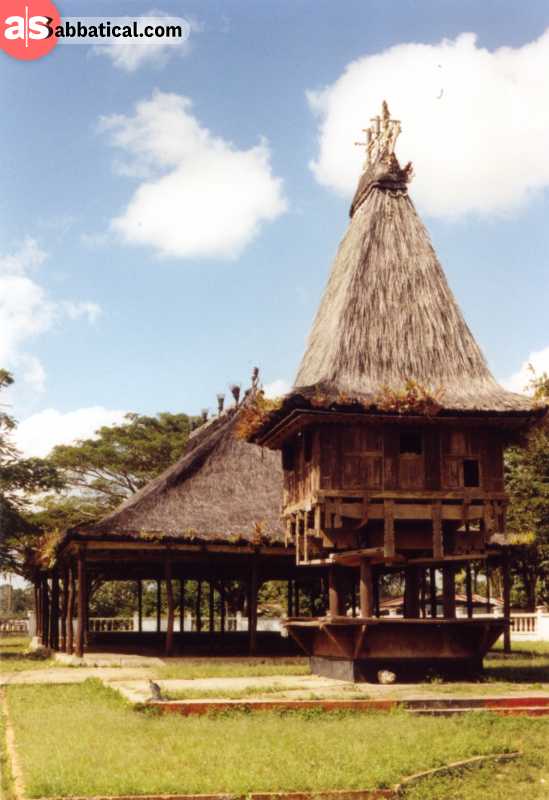
This is a small town located in the eastern part of the island and is famous for its interesting architecture where most of the houses are made of wooden sticks. The town also holds strong to its traditions and some of the locals here still speak Portuguese.
Jaco Island

This is a completely remote island of Timor Leste. In fact, you’ll have to cross the entire country to reach this island. Yet, it’s really worth it. Its white sand beaches are truly breathtaking.
Mt. Ramelau

If you’re into trekking, then you should visit Mt Ramelau, which is the country’s highest peak. Located in the town of Hatubuilico the trek towards the mountaintop will take approximately six hours, thus, it is best to leave before sunrise. The mountain is also home to the statue of Virgin Mary, one of the country’s most religious sites.
Dili
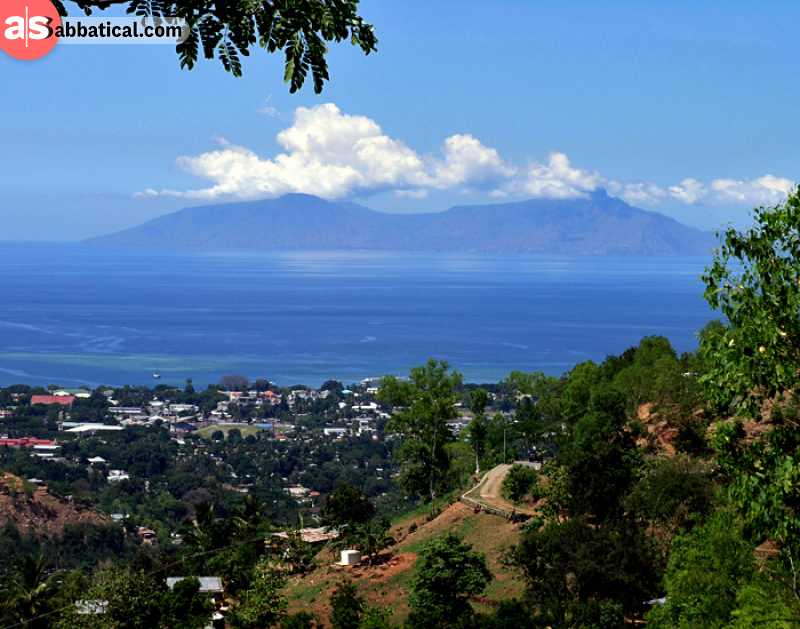
As the country’s capital city, you’ll most likely be arriving at Dili when you visit East Timor. But before you head to the islands or to other destinations, it may be worth it to explore the city first. There are many things to do in Dili, such as dining at the country’s best restaurants, shopping at the various textile shops, checking out the markets, and more!
Maubisse
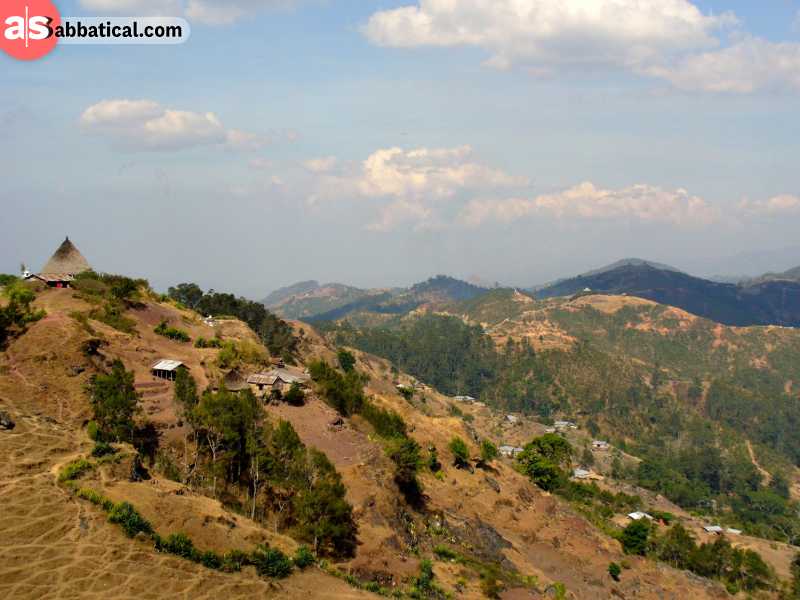
Located 70 km south of the capital Dili, Maubisse is a popular attraction for both locals and foreign tourists. This charming town has only one hotel, which opens to the beautiful city views. However, it has not been renovated since the 1950s, which means that staying here is an adventure in itself!
Lake Ira Lalaro
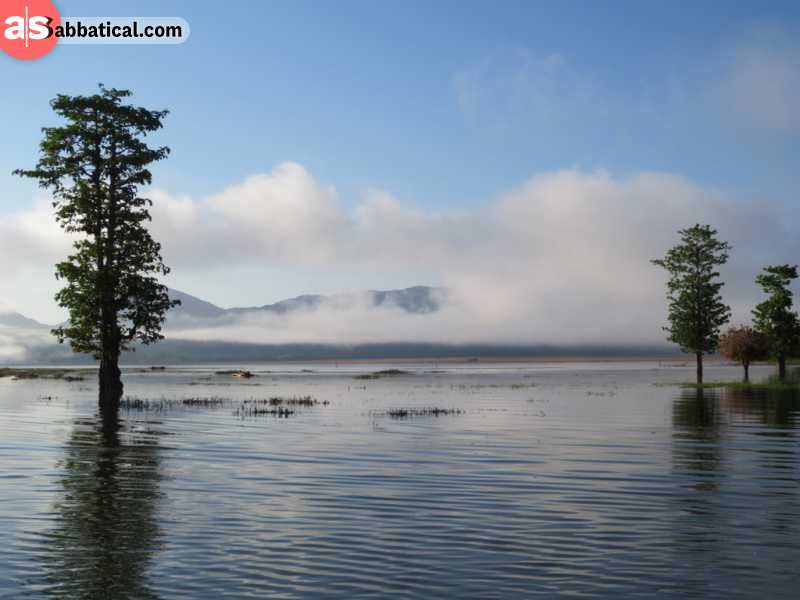
This is the largest lake in East Timor and a great place to explore. Both tourists and locals can be seen biking around the lake and enjoying other activities. However, the lake is not suitable for swimming since it’s home to a large crocodile population.
Hope you learned something about the Timor Leste people!

Despite the many years of Portuguese and Indonesian occupations, the Timor Leste people have managed to preserve their culture, which is one of the reasons why you should visit this tiny island nation.
With more and more visitors discovering the unspoiled beauty of Timor Leste, it won’t be long before the throngs of tourists will come flooding the country.
So, if you want to enjoy Timor Leste’s beautiful beaches, majestic mountains, and charming towns without the enormous crowds of tourists, now is the perfect time to visit!
Before you go, make sure to check out Adrian's Journey to East Timor!







